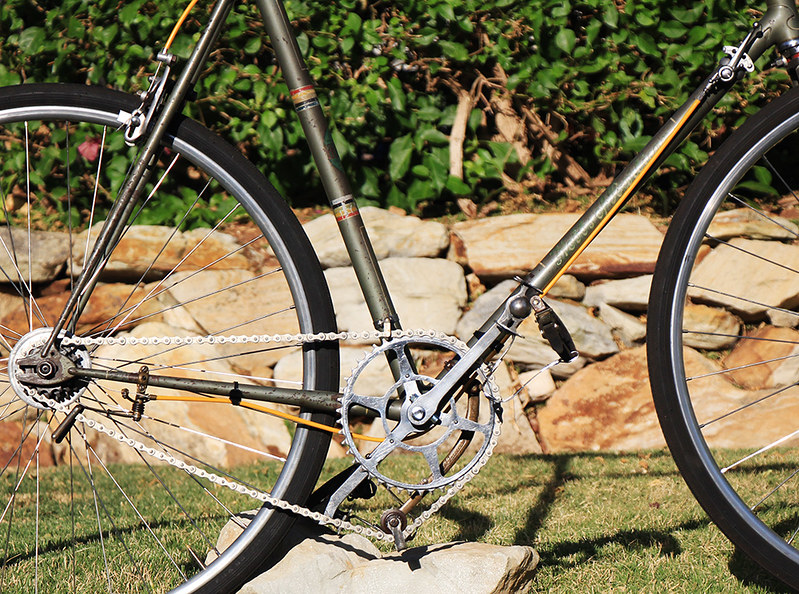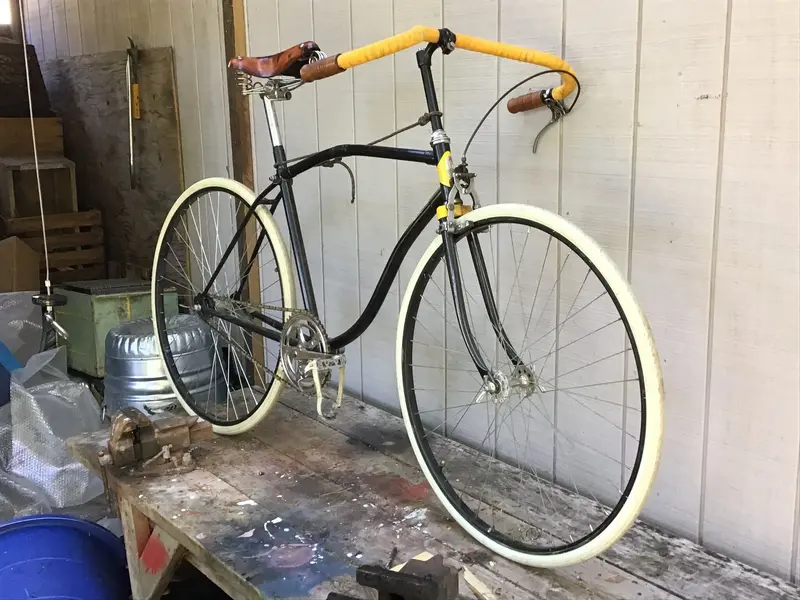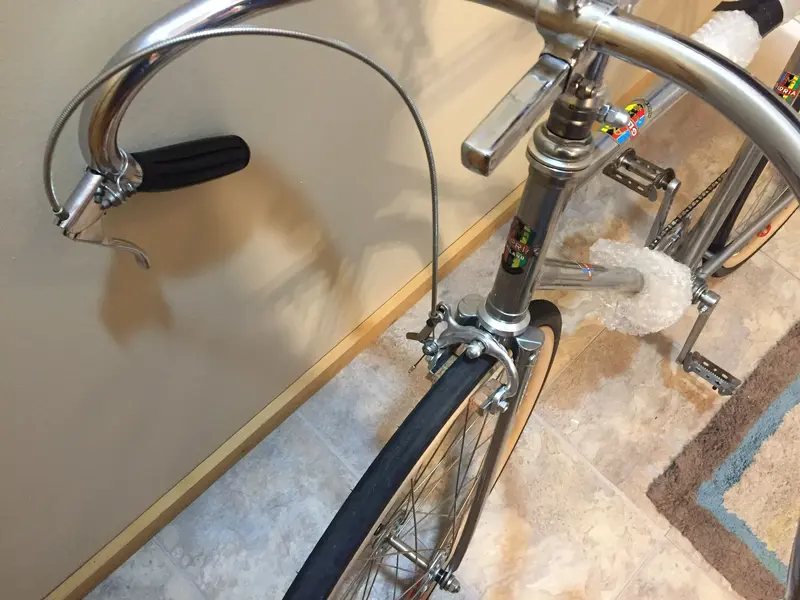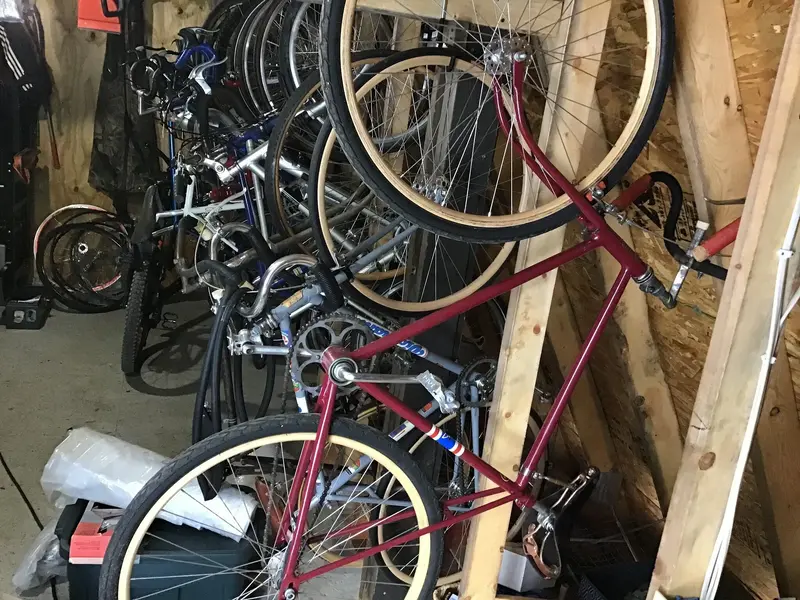You need the changing fork as close to the cogs as possible, it could need a shim in the chainstay clip. You would then have to bend the changing fork up a bit.
Also I can't see if you have the tension release connected. If you wind the tension arm up a bit it will change gear better. You will never know exactly which gear you'll get, but with practice a quick flick and put the gear lever in the same hole it came from usually did it.
The pros didn't like a tight chain or the bouncing bottom roller of the Simplex T de F.
I used one of these for a time in 1950 running 5 speed and 2 chainrings.
The real fun was the Paris Roubaix gear, I ran with 14 to 24 and 48/51 with handlebar end control for the front changer. Undo the wheel and pedal forward to change the front, so one hand on the left handlebar end and the other half way down the right hand seat stay.
Safe enough because if the wheel came too far forward it would touch the chainstay bridge and gravity would take over and it would run back up the ends.
Keith





